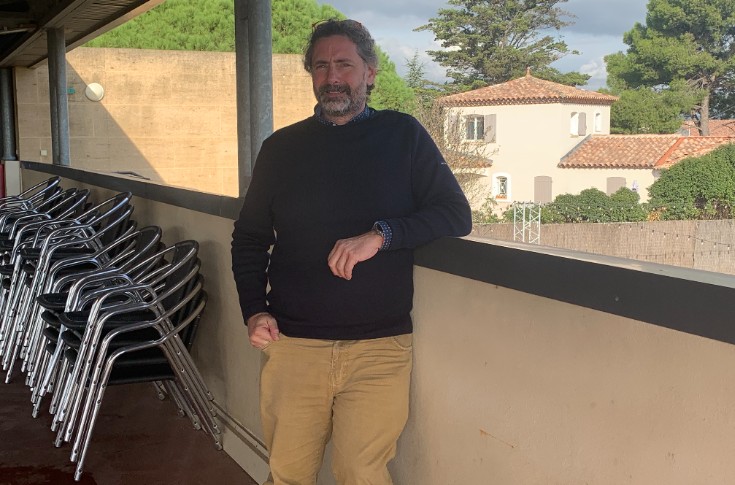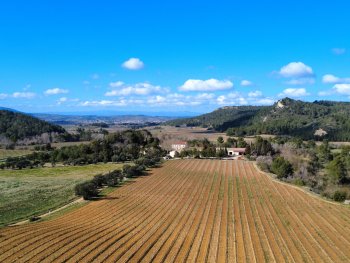The Languedoc wine region has a future

inegrowers can rest assured. The newly-elected chairman of the Languedoc wine marketing board, Pierre Bories, who entered the wine industry after working in finance for 25 years, believes that the economic situation in Languedoc is far from catastrophic. In fact, the Corbières winegrower and negociant feels that, despite climate change, “the Languedoc wine region has a future”. He can see opportunities for the CIVL’s member appellations and IGPs, claiming that they can gain market shares with the 2024 crop. “With a 13% drop compared with 2023, we have come off much better than many regions. We have a competitive edge in terms of volume and quality”, he stresses.
In the French market, Bories encourages companies to go and renegotiate contracts with multiple retailers. The focus must be to “stop trying to constantly sell more wine at cheaper prices”. Since being elected in June, he has been working on an aggressive marketing strategy in export markets. Languedoc-Roussillon produces 9.6 million hectolitres – 4% of global production – which is as much as Australia, South Africa, Argentina and Germany. The chairman of the marketing board has calculated that the aim should be to export 3.9 million hectolitres, compared with a present-day export volume of 2.6 million. This would allow the region’s exports to corner 4% of import volumes worldwide.
“We are very well-placed in price-sensitive markets like Germany and the Netherlands, where we export 340,000 hl, twice as much as our relative market share of 178,000 hl, but we need to conquer higher-end markets like the United States. Here, we only ship 194,000 hl whereas we have a potential of 491,000 hl”, explains Bories, who also has his sights clearly set on markets closer to home such as the United Kingdom and Switzerland.
Pierre Bories aims to provide all wine regions that belong to the CIVL with a three-year personalised strategy for market expansion by the end of the first quarter next year.





